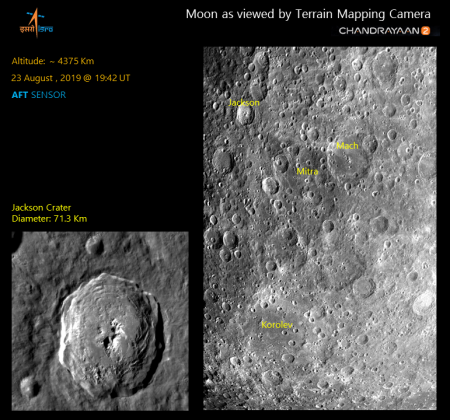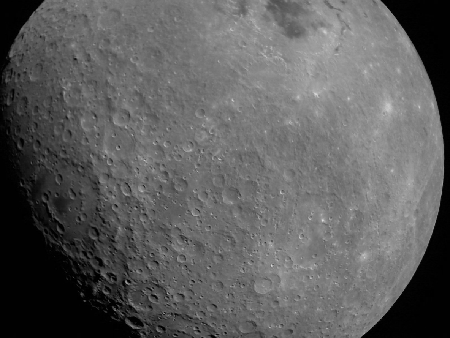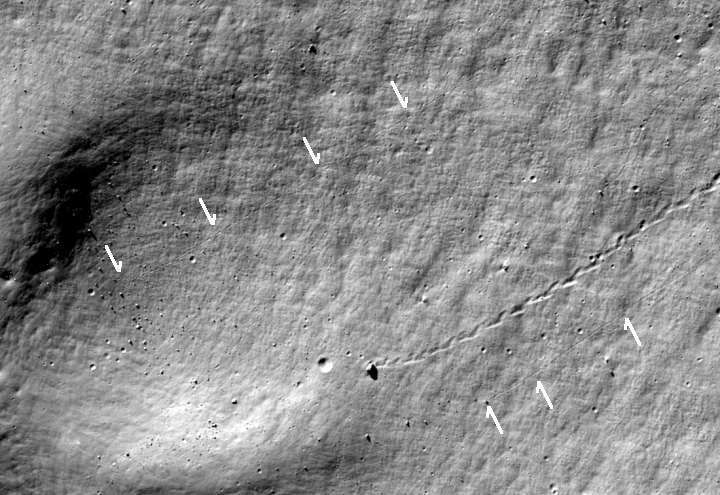Chandrayaan-2 locates Vikram
According to K. Sivan, the head of ISRO, India’s space agency, their Chandrayaan-2 orbiter has captured a thermal image of Vikram on the lunar surface, pinpointing the lander’s location.
They have not released the image. According to reports today, they do not yet know the lander’s condition, and have not regained communications. Reports late yesterday had quoted K.Sivan as saying “It must have been a hard-landing.” That quote is not in today’s reports.
In watching the landing and the subsequent reports out of India, it appears that India is having trouble dealing with this failure. To give the worst example, I watched a television anchor fantasize, twenty minutes after contact had been lost, that the lander must merely be hovering above the surface looking for a nice place to land. Most of the reports are not as bad, but all seem to want to minimize the failure, to an extreme extent.
Their grief is understandable, because their hopes were so high. At the same time, you can’t succeed in this kind of challenging endeavor without an uncompromising intellectual honesty, which means you admit failure as quickly as possible, look hard at the failure to figure out why it happened, and then fix the problem. If India can get to that place it will be a sign that they are maturing as a nation. At the moment it appears they are not quite there.
According to K. Sivan, the head of ISRO, India’s space agency, their Chandrayaan-2 orbiter has captured a thermal image of Vikram on the lunar surface, pinpointing the lander’s location.
They have not released the image. According to reports today, they do not yet know the lander’s condition, and have not regained communications. Reports late yesterday had quoted K.Sivan as saying “It must have been a hard-landing.” That quote is not in today’s reports.
In watching the landing and the subsequent reports out of India, it appears that India is having trouble dealing with this failure. To give the worst example, I watched a television anchor fantasize, twenty minutes after contact had been lost, that the lander must merely be hovering above the surface looking for a nice place to land. Most of the reports are not as bad, but all seem to want to minimize the failure, to an extreme extent.
Their grief is understandable, because their hopes were so high. At the same time, you can’t succeed in this kind of challenging endeavor without an uncompromising intellectual honesty, which means you admit failure as quickly as possible, look hard at the failure to figure out why it happened, and then fix the problem. If India can get to that place it will be a sign that they are maturing as a nation. At the moment it appears they are not quite there.







